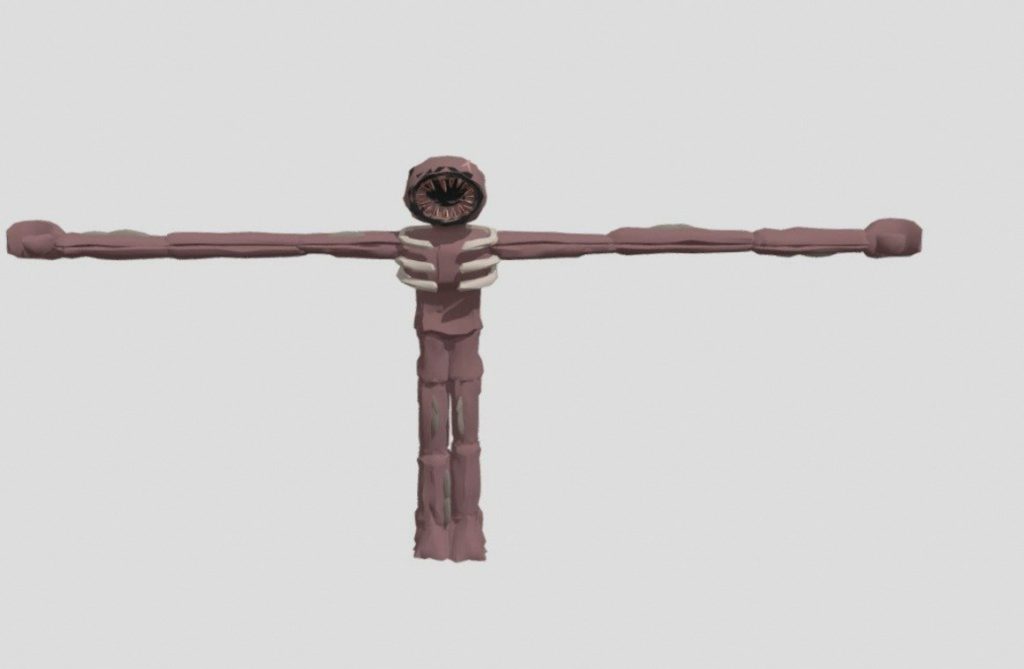Doors, though seemingly simple, have a rich history that reflects the technological advancements, cultural influences, and aesthetic preferences of each era. Their journey transcends mere utility, evolving into design elements that speak volumes about the societies that built them. Let’s embark on a fascinating exploration of door design through the ages, divided into four distinct periods:

Part 1: The Dawn of Doors (Ancient Times – Medieval Period)
From Necessity to Symbolism:
The earliest recorded doors date back to ancient Egypt, depicted in tomb paintings around 4000 BC. These were likely simple wooden structures, serving a primarily functional purpose – to provide security and privacy. However, the Egyptians also incorporated symbolic “false doors” into tombs, representing a passage to the afterlife. Similarly, the Romans used the god Janus, depicted with two faces, to symbolize doorways and transitions.
Material Marvels and Rising Complexity:
As civilizations progressed, so did door designs. In Mesopotamia and India, stone became a favored material for grand entrances, showcasing impressive engineering feats. The Greeks and Romans, meanwhile, explored diverse materials like bronze and wood, crafting single, double, sliding, and even folding doors. These advancements not only enhanced functionality but also opened doors (pun intended) for artistic expression.
Part 2: The Age of Adornment (Medieval Period – Renaissance)

Fortified Function and Flourishing Fashion:
During the Medieval period, castles and fortified structures dominated architecture. Doors, consequently, became thicker and more robust, often clad with iron for added security. Yet, even amidst a focus on defense, artistry found its way in. intricate ironwork and decorative hinges graced the entrances of important buildings. This period also saw the rise of the wicket door, a smaller door built into a larger one, for added security and controlled access.
A Gateway to Grandeur:
During the Renaissance, there was a resurgence of interest in classical ideals, and this cultural and artistic movement profoundly influenced door design. Doors flourished during this period, reflecting the era’s emphasis on symmetry, proportion, and intricate details. Wood, revered for its natural beauty and versatility, became the material of choice for crafting doors. These exquisite entrances were often adorned with elaborate carvings, sculptures, and panels depicting scenes from biblical or mythological narratives. They were designed to be visually striking and symbolized power, wealth, and cultural refinement. These grand doorways transcended their functionality and served as powerful statements that reflected the status and prestige of the buildings they adorned. The intricate designs and ornate details of these doors not only served as a testament to the craftsmanship of the era but also exemplified the profound influence of classical ideals on Renaissance art and architecture.

Part 3: Innovation and Refinement (Industrial Revolution – Early 20th Century)
A Shift Towards Functionality:
The Industrial Revolution heralded a new era of door design, revolutionizing the way doors were made and used. With the advent of mass production techniques, wood became more accessible, leading to the widespread adoption of standardized panel doors. Glass also gained prominence, finding its way into doors to facilitate better light flow and create a more open atmosphere within buildings. This period prioritized practicality and efficiency, often emphasizing clean lines and simple, functional designs. The significant shift towards standardized panel doors and the incorporation of glass marked a departure from earlier, more ornate styles, reflecting a changing emphasis on practicality and modernization. This transformation not only altered the physical appearance of doors but also had a profound impact on the overall aesthetic and functionality of buildings during the Industrial Revolution.
Material Revolution and the Rise of Specialization:
The late 19th and early 20th centuries marked an era of significant material innovation in door design. During this time, new materials such as steel and fiberglass revolutionized the industry, offering greater strength, durability, and superior weather resistance compared to traditional materials. This period also witnessed the emergence of specialized doors, each designed for specific purposes. Fire doors became more prevalent for safety measures, pocket doors gained popularity for space-saving solutions, and sliding glass doors were introduced to cater to modern architectural styles and indoor-outdoor living needs. The introduction of these specialized doors not only addressed specific functional requirements but also offered a stylistic enhancement. They became commonplace, reflecting a shift in both design and functionality, as they catered to a diverse range of architectural needs and consumer preferences.

Part 4: Modernity and Beyond (Mid-20th Century – Present Day)
Embrace of Minimalism and Openness:
During the mid-20th century, the influence of modernism profoundly impacted door design. This architectural movement prioritized clean lines, open floor plans, and a strong connection to nature. In response, doors underwent significant transformation, with a shift towards sleeker designs often constructed with smooth veneer or painted surfaces. Glass panels became even more prevalent, contributing to a sense of spaciousness and light within interior spaces. The era also witnessed a surge in the popularity of pocket doors and sliding glass doors, facilitating a seamless flow between different areas and spaces. These functional door designs not only complemented the architectural principles of modernism but also contributed to the creation of a harmonious, fluid environment within buildings. The emphasis on simple, minimalist door styles reflected the broader ethos of modernism, as it sought to promote a clean, uncluttered aesthetic and a greater connection to the natural surroundings.
Technology Takes the Lead:

The modern era has brought about a new wave of innovation in door design. Automatic doors, triggered by sensors, enhance accessibility and convenience. Smart locks, integrated with home automation systems, offer increased security and control. Advancements in material science have led to the creation of composite doors, combining strength, durability, and energy efficiency. As technology continues to evolve, doors are poised to become even more intelligent and adaptable, seamlessly integrating into our lives.
In conclusion, the history of door design is a captivating narrative that reflects the changing needs, technological advancements, and artistic expressions of different eras. From the simple but symbolic doors of antiquity to the intelligent and adaptable doors of today, these portals have served not just as functional barriers but also as testaments to human ingenuity and creativity. As we move forward, one can only imagine what new and exciting designs the future holds for this ubiquitous yet ever-evolving element of our built environment.

